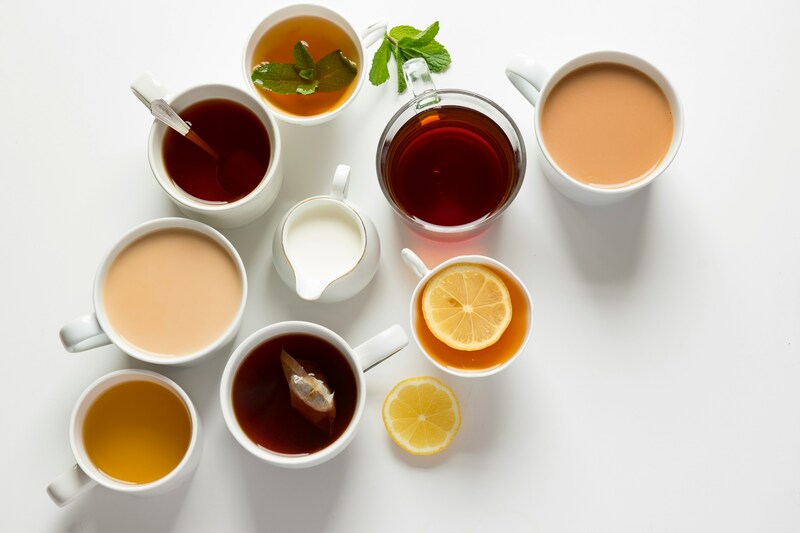The UN’s most recent biodiversity summit followed hot on the heels of its annual climate meeting. The scheduling was an accident of pandemic-related rescheduling, but it did serve to highlight the links between climate change and biodiversity.
This is one reason that there is an increased focus on the food and agriculture sector and how it affects and is affected by climate change, as well as other social and environmental issues. One area that is generally under-explored is the impact of antibiotic use in the livestock sector. According to FAIRR, the investor network that focuses on ESG risks in the global food sector, 73% of global antibiotic use occurs in the meat production sector.
Antimicrobials are widely used around the world in animal production not only to improve animal health and animal welfare, but also to enhance growth rates and raise productivity. But this causes a number of problems.
Superbugs emerge
Overuse of antibiotics in livestock and fish farming is a key cause of antimicrobial resistance (AMR), or the development of diseases that can no longer be treated with antibiotics. Many of these diseases are caused by intensive farming and aquaculture, especially where there is poor hygiene and overcrowding. Resistant genes and bacteria can then be transferred between species. As the world emerges from the Covid-19 pandemic, the risks of this are evident.
NGO Compassion in World Farming says that antibiotic resistance has led to the emergence of so-called superbugs, which threaten to undermine medical procedures in humans such as hip replacements, cancer chemotherapy, organ transplants and the treatment of premature babies. “It is predicted that if the world doesn’t radically change how antibiotics are used, by 2050 antimicrobial resistance will kill more people than cancer does today,” the group says.
Market failure
Some types of bacteria that cause serious infections in humans have already developed resistance to most or all of the available treatments, and there are very few promising options in the research pipeline, according to the World Health Organisation. Steve Waygood, chief responsible investment officer at Aviva Investors, says AMR is “one of the world’s biggest market failures”.
The OECD says that “the potential consequences of AMR include reduced food production, reduced food security, greater food safety concerns, higher economic losses to farm households and contamination of the environment”.
At the same time, points out Abigail Herron, global head of ESG and strategic partnerships at Aviva Investors, research suggests over half of known human pathogenic diseases can be aggravated by climate change. “Ultimately, a warmer world with more extreme climate events and reduced biodiversity is likely to leave populations exposed to different pathogens. Our reliance on antimicrobials as a quick fix could mean we lack effective treatments,” she says.
Ban routine use?
The WHO recommended as long ago as 2017 that farmers and the food industry stop using antibiotics routinely to promote growth and prevent disease in healthy animals. This came after a study in the Lancet showed that restricting antibiotic use in food-producing animals reduced antibiotic-resistant bacteria by up to 39%.
The WHO’s view is that healthy animals should only receive antibiotics to prevent disease if it has been diagnosed in other animals in the same flock, herd, or fish population. Where possible, sick animals should be tested to determine the most effective and prudent antibiotic to treat their specific infection. Antibiotics used in animals should be selected from a WHO list as being “least important” to human health, and not from those classified as “highest priority critically important”. These antibiotics are often the last line, or one of limited treatments, available to treat serious bacterial infections in humans.
Consumer demand
Using antibiotics to promote animal growth has been banned in the European Union and the UK since 2006, but the practice is still prevalent in other big markets such as the US, Brazil and China.
Consumers are, of course, increasingly demanding meat raised without routine use of antibiotics, with some major food chains adopting “antibiotic-free” policies for their meat supplies. And retailers are responding.
In the UK, for example, the ten leading supermarkets each have a policy aimed at ending routine preventative antibiotic use in their supply chains. That said, most only apply these policies to own-brand products, meaning that much of their frozen produce, ready meals, ingredients and branded products have no restrictions on antibiotic use, other than minimum legal standards.
Holistic solution
Tackling AMR properly requires a holistic approach that involves not just farmers and food producers but also pharmaceutical companies and even water utilities – antibiotic effluent can affect wildlife and enter the food chain, while wastewater surveillance can help to catch outbreaks of disease at an early stage.
From an animal health perspective, innovative treatments and tools that focus on prevention, and present an alternative to antibiotics, will be critical, says Investor Action on Antimicrobial Resistance. These include vaccines and pre- and probiotics, as well as innovative diagnostic tools and novel treatments such as phage therapy, antimicrobial peptides, phytochemicals and immune modulators, the group says. Also important are improving hygiene, vaccination and changes in animal housing and husbandry practices.
But for such products and practices to be adopted at scale, investors and regulators need to put pressure on large nutrition and pharma companies, as well as smaller biotech companies, for the investment in R&D necessary. This is an area where the metaphorical clock is most definitely ticking.
